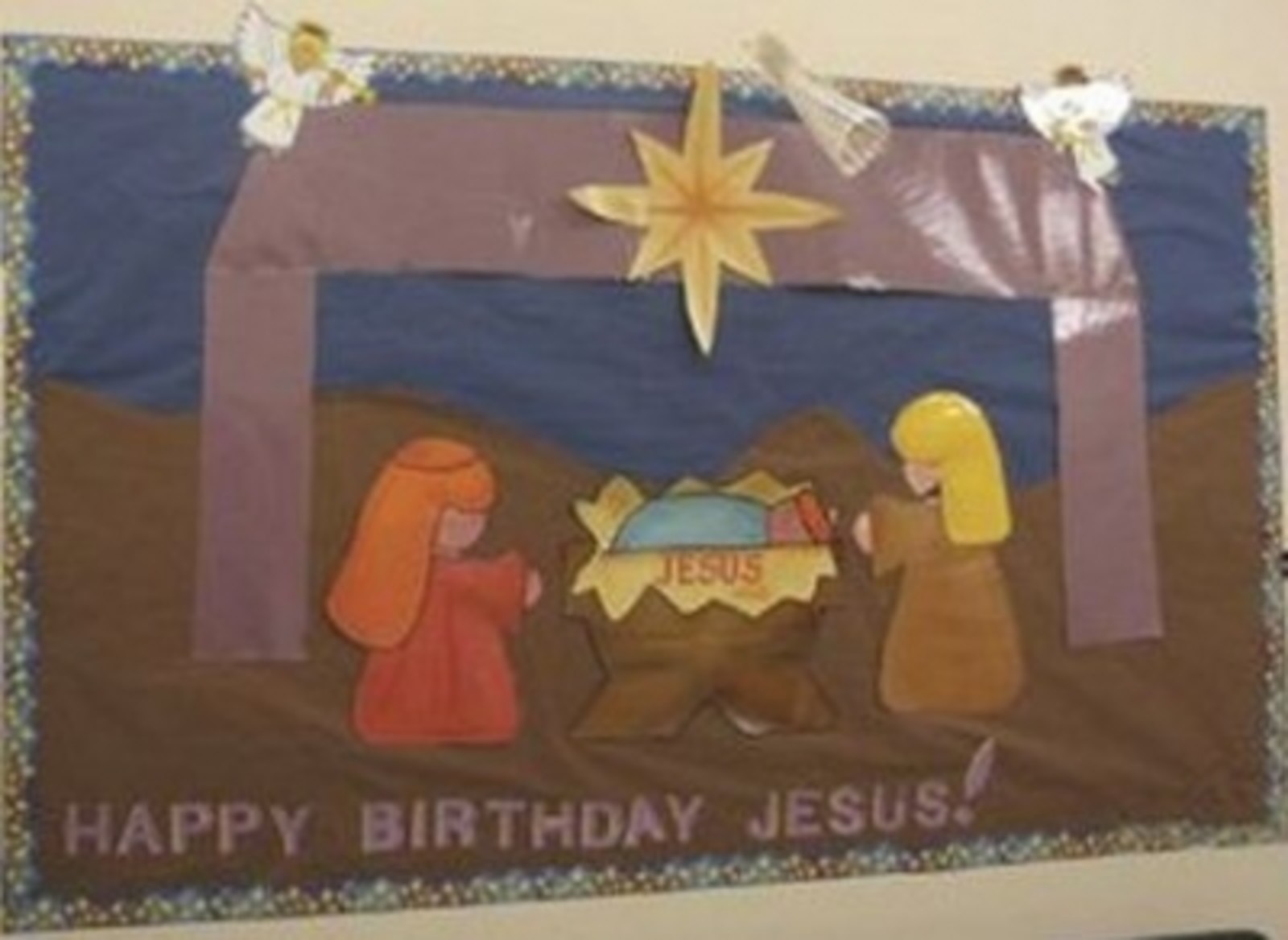Elementary Dad: Christmas in the classroom

One of my favorite holiday traditions is watching educators get into trouble when Christmas creeps into the classroom. Keeping God out of government-funded schools can be tricky, particularly when everyone outside the building seems to be celebrating a religious holiday. Often, a misguided decision generates a news story.
Among this year's holiday offerings:
-- While giving a lesson about the North Pole, a teacher in Nanuet, NY, told her 2nd-graders that Santa didn’t exist. Dubbed the “Santa Clod” by the New York Post, the teacher later called outraged parents to apologize.
-- School bus drivers in Ontario, Canada, became the focus of pro-holiday protests after they were told to remove Christmas decorations from their buses. Angry parents scoffed when told the ban on decorations was for safety reasons.
-- A defiant school superintendent in Arkansas reinstated a controversial bulletin board featuring a Nativity scene and the words “Happy birthday Jesus.” Said the superintendent: “We’re not promoting religion. It’s not an effort to convert anybody.”
-- A school in Alabama nearly pulled “Silent Night” out of its Christmas program after complaints from a group promoting separation of church and state. The school board ultimately decided the song fit the evening’s holiday theme.
-- A decision to remove Christmas decorations from a Bay Area high school led to a protest one senior called “Occupy Christmas.” The decorations were reinstated before any arrests were made.
-- A Michigan teacher changed the words in “Deck the Halls” to “Don we now our bright apparel” after 1st- and 2nd-graders repeatedly snickered as they sang “gay.” The move drew cries of censorship from a gay-rights group.
New York City’s schools often avoid such controversies, largely because of the Department of Education's wise policy regarding religious holidays. The DOE rules boil down to: Discuss but don’t endorse. Talk about many religions, not just one. Some stuff is fine (Christmas trees and menorahs) but some stuff isn’t (images of deities or religious texts). Above all, work to foster understanding and respect for everyone’s beliefs.
Such guidelines would have come in handy last year in Ames, Iowa, where a high school principal removed a Christmas tree from his cafeteria after he spoke to some non-Christian students who he said “were quite bothered by it.” Defending his actions, principal Spence Evans echoed the views of many school administrators who choose to remove things that occasionally cause offense:
“If I am sending out a message that is causing kids to feel disconnected from their school, then I’m in the wrong. That’s why I made the decision to take the tree down; I don’t want students to walk through the halls feeling uncomfortable about something I did.”
I’ve often imagined what I’m sure was a contentious meeting of the Ames Community School District’s board after this incident. I picture myself walking to the microphone and saying:
“I’m an agnostic bordering on atheist, and I strongly believe in the separation of church and state. But by removing this Christmas tree, your principal missed what educators call a ‘teachable moment.’ If we are to foster a free society open to a broad range of ideas, then our children must learn they will sometimes encounter images and ideas that offend them. Schools should not become exalted fortresses that prohibit legitimate symbols or ideas commonly encountered elsewhere in society.”
In my imagination, I walk away from the microphone to cheers and applause, and the school board quickly adopts a policy of tolerance and common sense. Then Santa walks in, cradling the baby Jesus, and together we all light the menorah and sing “Deck the Halls” — the “gay apparel” version.
Please Post Comments